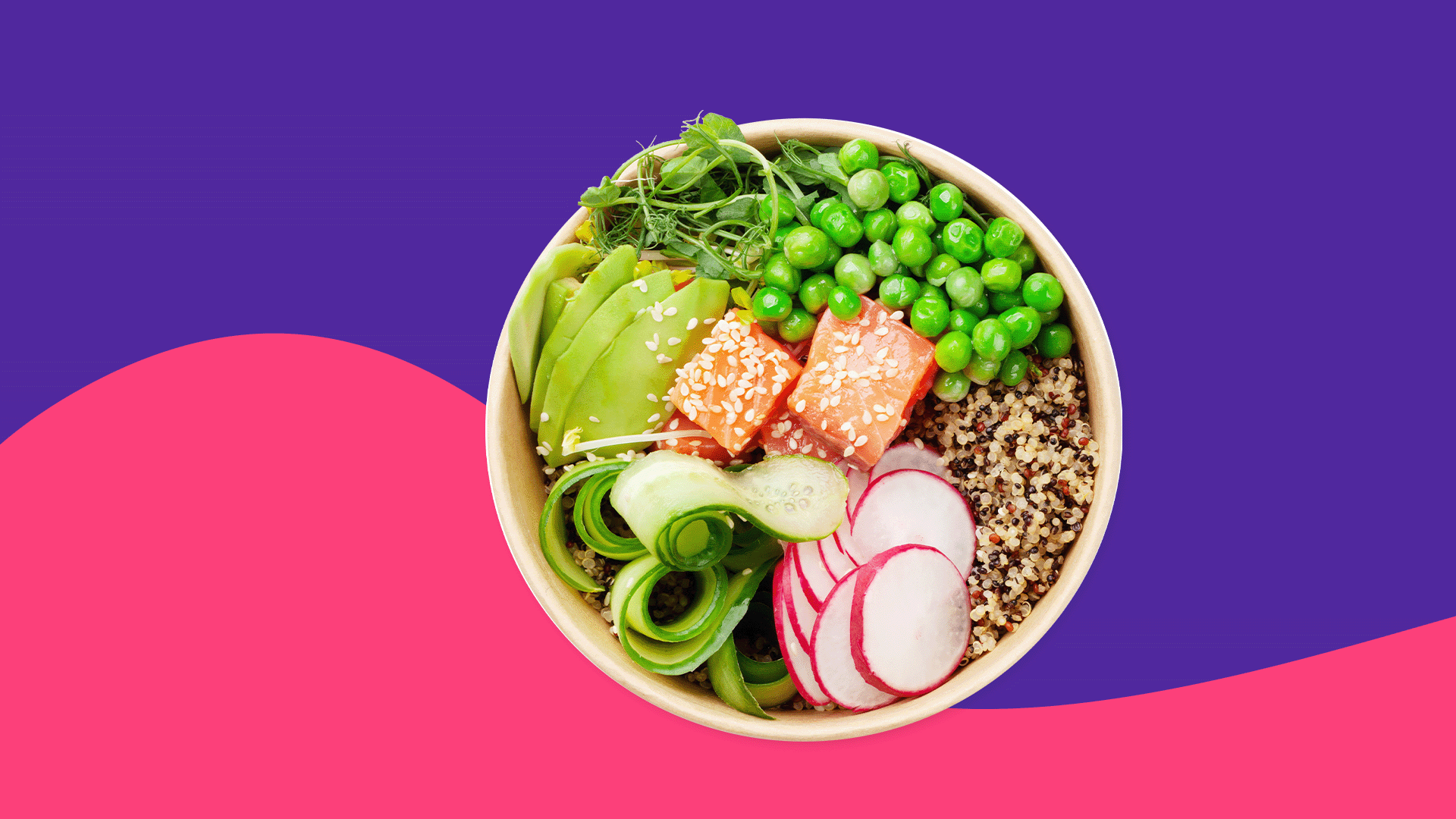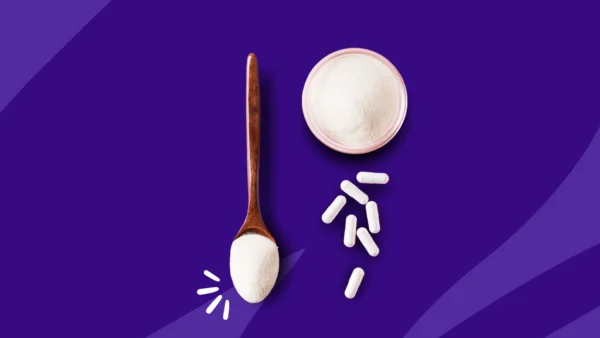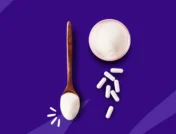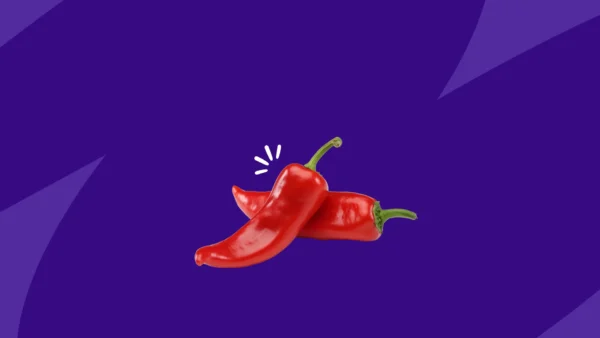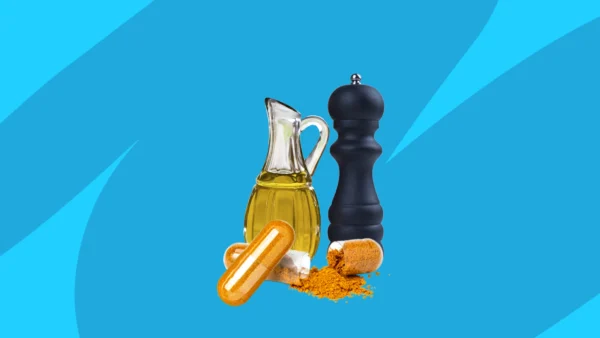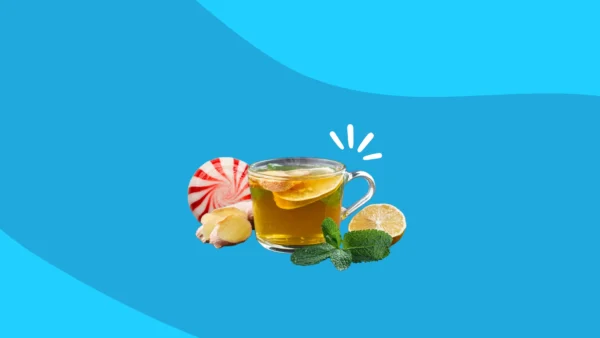For people with attention deficit hyperactivity disorder (ADHD), managing symptoms can feel as confusing as solving a puzzle with several missing pieces. ADHD wreaks havoc on executive functioning, making it difficult to concentrate on details, prioritize and organize tasks, and control impulses—and if your symptoms are running unchecked, figuring out the right combination of treatments and complementary therapies may seem impossible.
An ADHD diet alone won’t change the way your brain works. However, the foods you eat do play a role in your mental health, including your ADHD symptoms. A healthy diet rich in protein, whole grains, and key nutrients can make it easier to master your toughest ADHD challenges, especially when used in combination with other treatments (like therapy, medication, and a regular exercise routine). Three experts shared dietary changes and lifestyle recommendations for people with ADHD. Here’s what they said about what foods to eat, what foods to avoid, and how else you can improve your symptoms on a day-to-day basis.
What is the best diet for ADHD?
There’s no single diet plan that works best for people with ADHD. “In general, the brain needs fuel for proper functioning,” says Adi Benito, MD, chief medical adviser for Eating for Your Health in Princeton, New Jersey. “This means plenty of protein, carbs, and healthy fats, as well as certain nutrients like magnesium, zinc, iron, and iodine.”
Many kids and adults with the condition have been found to be deficient in some of those key nutrients. A meta-analysis found that kids with ADHD are likely to be lacking in omega-3 fatty acids. Children with ADHD may also be deficient in vitamin D, magnesium, zinc, and iron. Adults are more likely to be lacking in B2, B6, and B9. While these deficiencies don’t cause ADHD. Some experts believe that remedying them may help with inattention and symptom control.
Eating plans that prioritize these nutrients, while minimizing added sugars are best. Diets such as the Mediterranean diet, that focus on whole foods and lean proteins are great choices. The Feingold diet is an elimination diet designed to find food sensitivities that’s frequently mentioned in relation to ADHD. However, its claims are not fully supported by research. For many, a less-strict eating plan can provide results.
Fad diets are not. “Keto is not recommended, because you need healthy carbs to obtain those [important] nutrients and [increase] serotonin,” Dr. Benito says. Vegan diets can be tricky, too, though not impossible; you will naturally consume less protein and B vitamins and need to be careful about supplementing with what you’re missing.
7 foods that help ADHD
There are many different types of foods that you can and should eat if you have ADHD. This isn’t a comprehensive list, but it is a good starting point if you’re looking for healthy foods to incorporate in meal planning to improve your symptoms.
1. Salmon
Salmon checks off two ADHD-friendly nutrients: magnesium and omega-3 fatty acids. Omega-3 fatty acids, which can be found in many types of fish, may help improve ADHD symptoms. Meanwhile, you’ll also get about 13% of your RDV (recommended daily value) of magnesium from a half filet of Atlantic salmon. If you don’t like salmon, other fatty fish, like sardines, are also good options. Or, consider a fish oil supplement instead. (Freezing the fish oil supplement may help the frequent side effect of belching up a fishy taste.)
2. Almonds
Lots of different types of nuts and seeds can be incorporated into an ADHD diet, boosting healthy fats, fiber, and protein. Dr. Benito recommends almonds because they are also high in magnesium. On top of 6 grams of protein and over 3 grams of fiber per serving, you’ll get 18% of your RDV.
3. Leafy greens
Dark, leafy green vegetables like spinach and kale are rich in iron, iodine, and magnesium. Dr. Benito notes that iodine, in particular, can help control thyroid function, which some experts have speculated may play a role in ADHD. A 2020 study in Scientific Reports, for example, found a link between lower levels of thyroid stimulating hormone (TSH) and ADHD diagnosis in children (but not adolescents).
4. Bananas
The humble banana is actually an ADHD superfood, as it’s high in magnesium, fiber, potassium, and vitamin B6. B6 is often noted as deficient in people with ADHD; past studies have found that adults with ADHD tend to be lacking in several types of B vitamins and that some children may see symptom improvement when supplementing with B6 and magnesium.
5. Whole grains
Whole grains provide the carbohydrate fuel needed to boost brain function and focus. With loads of fiber, these types of complex carbs can also help you avoid blood sugar spikes that may cause irritability. There’s also overlap between people who have ADHD and Type 2 diabetes, so consuming low glycemic index carbs is important. Opt for brown rice, quinoa, oats, and whole wheat pasta over refined carbs as much as possible.
6. Lean beef
Dr. Benito says it’s important to get plenty of protein on an ADHD diet. It’s essential for balancing neurotransmitters, like dopamine, that are in short supply for people with ADHD. But you want to steer clear of protein sources too high in fat. Lean beef will not only give you a supersize dose of brain-building protein, it’s high in thyroid-healthy iodine, too.
7. Eggs
Similar to lean beef, eggs are rich in iodine and protein—and they make for an excellent way to start your morning. “Having healthy protein for breakfast keeps blood sugar levels steady throughout the day,” Dr. Benito says.
3 foods to avoid with ADHD
It’s important to note that no foods are off-limits for people with ADHD, but a few foods should be eaten only in moderation as part of a balanced diet.
1. Processed sugar
Sugar in all its forms destabilizes blood sugar levels, says Sharon Witkin, Ph.D., psychologist and chief clinical officer at Polygon, an online resource for people with learning differences. You want to keep your central nervous system as smooth as you can since it’s more likely to be bouncing around thanks to your ADHD.
That doesn’t mean you have to avoid all forms of sugar entirely, just that found in processed foods, like breakfast cereals or packaged sweets. It’s still important to eat fruit for the many nutrients it provides, and even to indulge sometimes in desserts. But you should monitor the amount of added sugar you consume regularly. And, as for artificial sweeteners, limit them as much as possible.
2. Refined carbs
We’ve told you to eat complex carbs because they keep your blood sugar levels stable and fill you up for longer. Does that mean that refined carbs do the opposite? Unfortunately, yes—and that’s not all.
“The high blood sugar spikes that happen when you have simple carbs have been linked to decreased brain connectivity and cognition,” Dr. Benito says. “These spikes also cause more irritability, anxiety, and depression.”
3. Caffeine
Every person with ADHD responds to foods and drinks differently, so if caffeine works for you, that’s okay. But not all people with ADHD benefit from a daily cup of coffee (let alone a steady infusion!), especially if you’re taking stimulant medication. You should avoid taking Adderall with your morning espresso, since the stimulant medication can increase the effects of larger amounts of caffeine.
“Caffeine is supposedly good for people with ADHD since it acts as a stimulant, which increases dopamine in the brain [and may] help you feel calmer and more focused,” says Joshua Flatow, MD, chief psychiatrist and medical director for Pacific Mind Health. “But caffeine also has side effects, like migraine, insomnia, and irritability, that [often] outweigh its benefits.”
RELATED: Is it safe to drink coffee if you’re taking Vyvanse?
What about red dye and other food colorings?
Both Witkin and Dr. Benito acknowledged that there is still ongoing debate about the role of food additives and preservatives—like red dye 40—in exacerbating ADHD symptoms. The evidence is still somewhat unclear, but that many patients—and parents of patients—with ADHD feel certain that these artificial food colors do have an effect on symptoms.
While some other countries have mostly eliminated food dyes from their food (or, at least, included nutritional warnings on the package), the U.S. has not followed suit. Food dyes do seem to cause some amount of hyperactivity in children, though many experts believe this affects all kids, not just ones with ADHD. Kids with ADHD may be more sensitive to increased hyperactivity.
Whether you choose to eliminate red dye 40 or other food dyes from your diet is, largely, a personal choice; it isn’t required for proper management of symptoms and may or may not have any effect. “Red dye and other additives in foods are not entirely irrelevant, but their role is way overblown [in discussions around ADHD],” says Witkin. “If red dye was a main ingredient in your diet, then that would be a problem, but most of us encounter it in our diet all the time and it’s likely not found in large enough quantities to cause issues.”
Other tips for ADHD management
Treatment of ADHD requires a well-rounded approach involving many different interventions. For most people, cutting back on processed sugar and eating a diet rich in nutrients, protein, healthy fats, and whole carbs will go a long way toward improving their symptoms—but they will likely still need to adopt several other lifestyle changes to feel the full benefits of an ADHD-friendly diet. Here are some other ways ADHD can be managed.
Regular exercise
Exercise is hugely important to managing ADHD, so much so that Witkin says it’s like a “diet” in itself. Because exercise can both regulate the central nervous system and improve high-quality sleep (which is often challenging for people with ADHD), she notes that exercise should play a critical role in your approach to treating your symptoms.
For kids, though, it may be best if that exercise comes in an unstructured form: “Exercise that is formalized can be a stressor [for ADHD kids], but free play and simply moving around a lot is beneficial,” Witkin says. Oftentimes, children with ADHD have difficulty following coaches’ instructions and this adds stress to exercising.
RELATED: Is it safe to exercise while taking Adderall? | Is working out on Vyvanse safe?
Mindfulness
While meditation can often be overly challenging and frustrating for people with ADHD, says Witkin, she does recommend adopting some simple, day-to-day mindfulness practice.
“At the heart of ADHD is an inability to manage attention, so practicing mindfulness carefully with a focus on short, 30-second intervals is a wonderful way to strengthen your control of your attention,” Witkin explains.
Movement breaks
Adults and kids with ADHD should be encouraged to take frequent breaks throughout the day to move their bodies and regulate their central nervous system. “Parents should encourage their kids to not get straight to homework after school, but move around first,” Witkin says, “and adults would do well to walk on their lunch break or move their bodies as much as they can when they have the opportunity.” Ask teachers if ADHD students can have a desk on the outskirts of the classroom so that they can stand or pace to help them stay mentally on task.
Life coaching
You don’t have to literally hire a life coach here (unless you want to!) but Witkin stresses the importance of finding therapeutic help that actually provides real world assistance: “Talking about your past won’t help you with your ADHD—you need to know how to get better organized, and you need practical day-to-day advice.”
Supplements
You may want to discuss supplementing your diet with some of the key micronutrients often linked to ADHD if you think you are deficient in them; this might include B vitamins, magnesium, iron, omega-3s, and iodine. Your provider may even be able to perform lab work that can confirm whether or not you have appropriate blood levels of these nutrients in your body.
Either way, always let your healthcare provider know about any nutritional supplements you’re taking, especially if you are also prescribed any medication for ADHD, to be sure there are no food-drug interactions.
“The most common food-drug interaction with amphetamine-containing drugs like Adderall is the vitamin C supplementation and vitamin C-rich foods like citrus,” says Dr. Flatow. “[Vitamin C] breaks down the medication before it has a chance to be absorbed by the body, which can compromise the effectiveness of the medicine.”
Medication
There are several prescription medications that can be taken to decrease symptoms of ADHD. ADHD medications generally fall into three categories: stimulants and non-stimulants.
- Stimulants increase neurochemical transmitters in the brain, usually dopamine, which can reduce impulsive behavior and increase concentration. Popular stimulants include Adderall, Vyvanse, and Ritalin. These are often available in both short or long-acting medication forms.
- Non-stimulants increase norepinephrine instead of dopamine and can improve executive functioning. These include Strattera and Intuniv.
There are also medications, such as Wellbutrin, that are prescribed off-label that may help to alleviate symptoms. Talk to your child’s pediatrician or your physician about what’s right for you.



